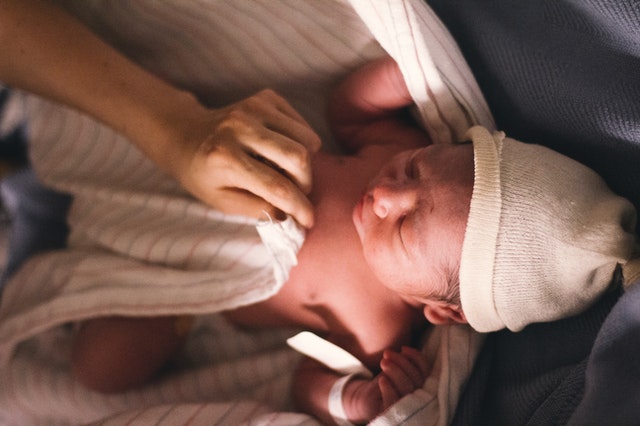Introduction
Welcoming a newborn into the world is a joyous occasion, but for some families,
it can also bring unique challenges.
High-risk newborns are infants who require special attention and care due to various
factors that can impact their health and development.
In this article, we will delve into what high-risk infants are, explore the common risk factors
associated with their conditions, and discuss the importance of providing appropriate
care to ensure their well-being.
What Are High-Risk Newborns?
High-risk newborns, also known as vulnerable infants, are babies who have a higher
likelihood of experiencing health issues or developmental delays compared to their peers.
These infants may require intensive medical care, monitoring, or specialized
interventions right from birth or shortly thereafter.
Common Risk Factors
Prematurity:
Premature birth, occurring before the 37th week of pregnancy, is a significant risk factor
for high-risk infants.
These babies may have underdeveloped organs and require support with breathing,
feeding, and maintaining body temperature.
Low Birth Weight:
Infants born with a low birth weight (less than 5.5 pounds or 2.5 kilograms) are at
increased risk of complications.
These babies may have difficulty regulating body functions and are more susceptible
to infections and other health challenges.
Genetic or Congenital Disorders:
Certain genetic or congenital conditions, such as Down syndrome, heart defects,
or neural tube defects, can categorize a newborn as high risk.
These conditions often require specialized medical care and long-term management.
Maternal Factors:
A mother’s health and lifestyle choices during pregnancy can impact the well-being
of her baby.
Maternal factors such as substance abuse, poor nutrition, chronic illnesses, or
infections can contribute to a high-risk newborn.
Infections:
Infants exposed to infections during pregnancy, such as HIV, cytomegalovirus (CMV),
or herpes, may require immediate medical attention to manage the associated complications.
Birth Complications:
Difficulties during labor and delivery, including asphyxia (lack of oxygen),
meconium aspiration (breathing in stool), or trauma during birth, can place a newborn
at a higher risk for health issues.
Caring for High-Risk Newborns
Specialized Medical Care:
High-risk newborns often require care in a neonatal intensive care unit (NICU) or special care nursery.
These units are equipped with advanced medical technology and staffed by healthcare
professionals specialized in managing the complex needs of these infants.
Monitoring and Assessment:
Regular monitoring of vital signs, growth, and development is crucial for identifying any
changes or complications promptly.
Pediatricians and other healthcare providers closely track high-risk infants to ensure
appropriate interventions and adjustments to their care plans.
Nutritional Support:
Proper nutrition plays a vital role in the growth and development of high-risk newborns.
Infants who have difficulty breastfeeding may receive specialized formulas or have
feeding tubes to ensure they receive adequate nutrition.
Early Intervention Services:
Early intervention programs aim to support high-risk infants’ development and
minimize potential delays.
These services may include physical therapy, occupational therapy, speech therapy,
and developmental assessments.
Emotional Support for Families:
Having a high-risk newborn can be emotionally challenging for families.
Providing emotional support, counseling, and resources to parents and
caregivers is essential to help them navigate the unique needs and uncertainties
associated with caring for a vulnerable infant.
Conclusion
High-risk newborns require specialized care and attention due to their increased
vulnerability to health issues and developmental delays.
Understanding the common risk factors associated with high-risk infants allows
healthcare providers and families to identify and address their needs promptly.
By providing appropriate medical care, monitoring, and early interventions,
we can help these vulnerable infants thrive and reach their full potential.
Remember, if you suspect that your newborn may be high risk, consult with a
healthcare professional who can provide personalized guidance and support for your unique situation.
![]()











